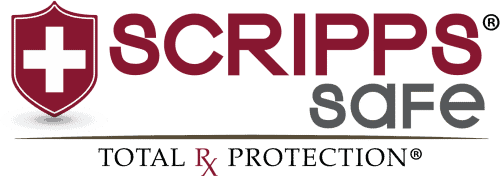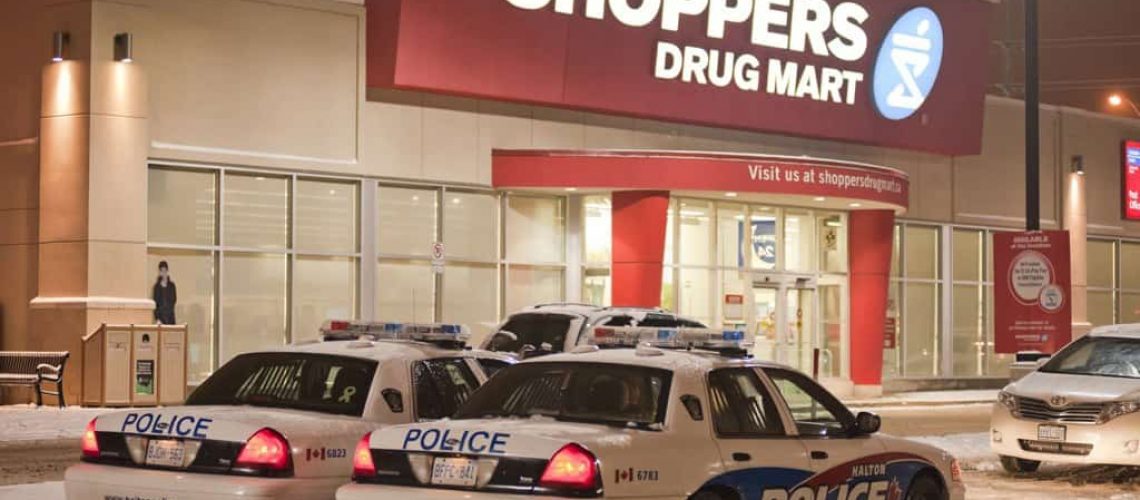
Orlando, FL, June 2, 2016 (Newswire.com) –Prescriptionopioid overdose contributed to over 28,000 deaths in 2014. According to theCDC, people addicted to prescription opioid painkillers are 40x more likely to become addicted to heroin.
Addressing this national epidemic has bipartisan support. PresidentObama requested Congress to approve $1.1 billion in funding to support expanded treatment programs. Presumptive Republican Presidential nominee, Donald Trump addressed addiction in New Hampshire, “You see this place and you say it’s so beautiful. You have a tremendous problem with heroin and drugs.” House Speaker Paul Ryan actively lobbied for the Comprehensive Addiction and Recovery Act (CARA), passed May 13, 2016, which focuses on monitoring, prevention, and treatment.
While these initiatives are important, accessibility remains the number one contributing factor to the abuse of prescription drugs.Scripps Safe, Inc.(https://4saferx.com) is the nation’s leading expert on prescription drug security and the top manufacturer of U.S. made pharmacy and narcotics safes. “Focusing on treatment is important but sometimes too late,” says ChristophervonZwehl, Senior Vice President at Scripps Safe. “Pharmacists and Doctors who carry controlled substances should first secure them in a steel pharmacy or narcotics safe. Most critically they need time delay features to deter robberies and have an audit control access system to prevent diversion. We have the most advanced and affordable technology on the market to eliminate unauthorized access and keep everyone safe.”
In 2014, there were 829 pharmacy robberies, up 16% from the previous year. According to the DEA, the estimated impact of internal drug diversion and abuse costs $72.5 billion a year. Research indicates 12 – 16% of all healthcare workers may have or had an addiction to prescription drugs at some point in their careers. Whether to prevent theft or diversion, addressing this epidemic starts with securing access.
Under current regulation,Title 21 CFR 1301.75, controlled substances shall be stored in a securely locked, substantially constructed cabinet. A simple key-locked wooden cabinet does not protect practitioners from internal drug diversion or an armed robbery. If something goes wrong, the DEA’ssubstantial requirements checklistoutlines the factors they will use to evaluate a practitioner’s security system which can still be found non-compliant.
Installing a time-delayed entry safe with an audit trail access system is the first step to addressing America’s opioid crisis and protecting practitioners. This tougher accessibility would save billions of dollars and countless lives.

